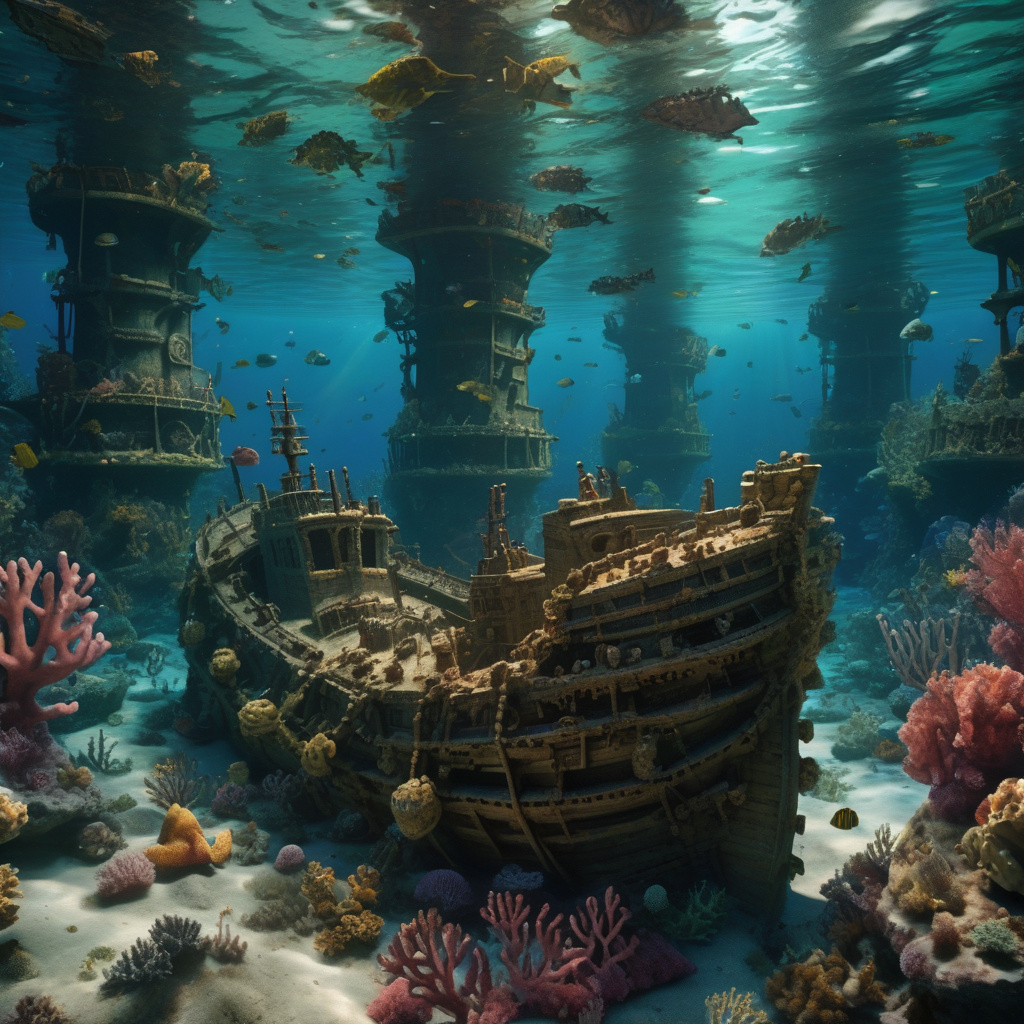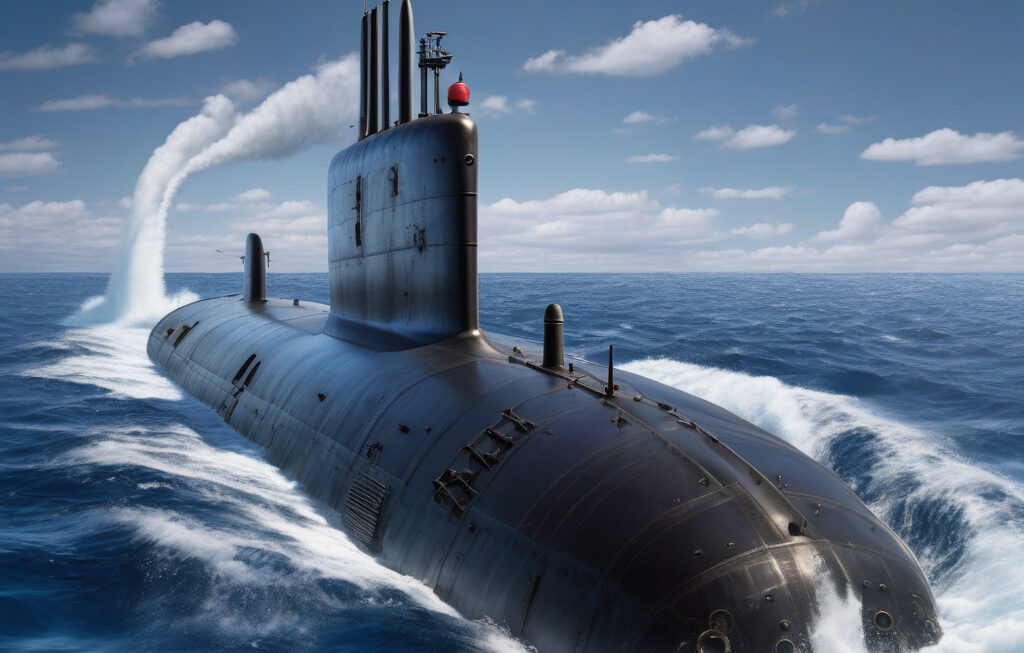Floating Castle Revealed: Uncovering Ancient Guns and Secrets of 15th-Century Sunken Warship
Archaeologists have revealed key details about the artillery aboard the royal Danish-Norwegian flagship Gribshunden, a vessel that sank in 1495 off the coast of Sweden. This remarkable discovery offers a fascinating glimpse into maritime warfare and technological advancements of the late 15th century.
The Gribshunden, known as the “Griffin-Hound,” was a formidable warship that served as a symbol of power for the Danish and Norwegian monarchs. Lost for over five centuries, the sunken vessel has now become a treasure trove of historical artifacts, providing valuable insights into the naval tactics and armaments of the era.
One of the most intriguing findings from the recent excavation is the discovery of ancient guns on board the Gribshunden. These early firearms, known as breech-loading swivel guns, were cutting-edge weapons at the time, capable of delivering devastating firepower in naval battles. The presence of such advanced artillery underscores the military sophistication of the Danish-Norwegian fleet and sheds light on the evolution of naval warfare during the late Middle Ages.
In addition to the artillery, archaeologists have uncovered a wealth of other artifacts from the sunken warship, including navigational instruments, personal items belonging to the crew, and remnants of the ship’s structure. These finds provide a comprehensive view of life aboard the Gribshunden and offer valuable clues about the daily routines, social dynamics, and technological capabilities of the sailors who manned the vessel.
The preservation of these artifacts is truly remarkable, thanks to the unique conditions of the Baltic Sea, which have kept the sunken ship and its contents remarkably intact over the centuries. By meticulously documenting and analyzing each item recovered from the wreck, researchers are able to piece together a detailed account of the Gribshunden’s final voyage and the events that led to its tragic demise.
Beyond the material artifacts, the excavation of the Gribshunden has also revealed hidden secrets and mysteries surrounding the shipwreck. By studying the layout of the vessel, the distribution of artifacts, and the condition of the wreckage, archaeologists can reconstruct the sequence of events that unfolded during the sinking of the warship, offering new perspectives on this centuries-old maritime tragedy.
The significance of the Gribshunden discovery extends far beyond the realm of archaeology. By uncovering the secrets of this sunken warship, researchers are not only shedding light on a pivotal moment in naval history but also enriching our understanding of the cultural, political, and technological landscape of the late 15th century. This exploration of the past enables us to connect with our maritime heritage and appreciate the ingenuity and bravery of those who sailed the seas centuries ago.
As the excavation of the Gribshunden continues and more discoveries come to light, the story of this ancient warship promises to captivate historians, archaeologists, and enthusiasts alike. Each artifact recovered from the depths of the Baltic Sea serves as a tangible link to the past, inviting us to embark on a journey of discovery and exploration through the annals of maritime history.
In unraveling the mysteries of the Gribshunden, we not only pay tribute to the sailors who perished aboard this legendary vessel but also honor the spirit of adventure and discovery that drives us to uncover the hidden treasures of our collective past.
#Gribshunden #AncientGuns #SunkenWarship #MaritimeHistory #ArchaeologicalDiscovery












